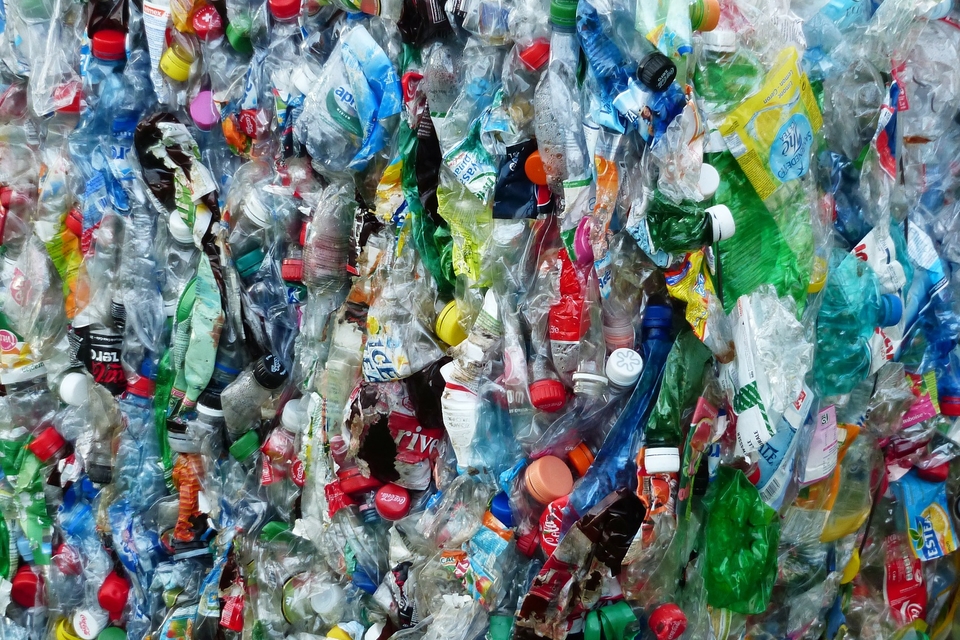They ensure that, for example, PET bottles – which can be thrown around in nature for centuries – are broken down within a few days; just what we need!
Plastic can no longer be ignored in everyday life. And we see the consequences of this in nature. It is virtually impossible to find an area on Earth where there is no plastic lying around: be it the untouched mountain regions in the Pyrenees are or deep troughs in the ocean of uninhabited islands, plastic is overal.
Difficult to degrade
And once dumped, plastic also lingers in nature for a long time, because plastic – very often made for one-time use only – is poorly biodegradable. It often takes decades or more for a plastic product to decay.
Scientists from the University of Portsmouth are not going to let it pass, however. They are now presenting a cocktail of enzymes that can break down plastic more quickly and can thus make an important contribution to the fight against plastic pollution.
Super enzyme
In their study, the researchers focused on polyethylene terephthalate (PET for short), a commonly used plastic that you will undoubtedly know from the so-called PET bottles. In nature, it can take centuries for PET to break down completely. But a few years ago, researchers announced that they had managed to get their hands on an enzyme that can break down PET in a matter of days. While researching the structure of the enzyme – called PETase – the researchers accidentally modified the enzyme so that the plastic could break down another 20 percent faster. And now scientists have gone one step further. They have combined PETase with another enzyme. The result is a ‘super enzyme’ that can break down plastic six times faster than PETase alone.
MHETase
The super enzyme consists of the enzyme MHETase in addition to PETase. The latter enzyme comes – just like PETase – from bacteria that the researchers found on plastic waste. Where PETase ‘attacks’ the surface of plastics, MHETase focuses on further breaking the plastic into pieces. “It actually seemed natural to us to use them together to mimic, as it were, whatever happens in nature,” said University of Portsmouth researcher John McGeehan.
Six times faster
The researchers combined the two enzymes and found that mixing them together allowed PET to break down up to twice as fast. “We then decided to try to physically attach them to each other as well,” says McGeehan, who worked together with a researcher at the American National Renewable Energy Laboratory (NREL). And once riveted together, the enzymes were found to break down PET three times faster.
Faster is good
It’s good news. Because although the discovery of PETase a few years ago already made researchers dream of a world free of plastic waste, the speed at which the enzyme digested plastic was too slow to make it a commercially attractive process within which the many PET bottles that are dumped worldwide, could be taken down. Now that researchers have found a way to speed up the process, the approach seems to be getting a lot more attractive.
An additional advantage of the combination of PETase and MHETase is that they break down PET in such a way that eventually the original building blocks remain. And it is quite easy – and without the need for fossil fuels, such as oil – to make new plastics.
–
POPULAR ON SCIENTIAS.NL
Keep amazed ✨
Receive the most beautiful space photos and interesting popular science articles every Friday. Get the free Scientias Magazine together with 50,000 others.
–


